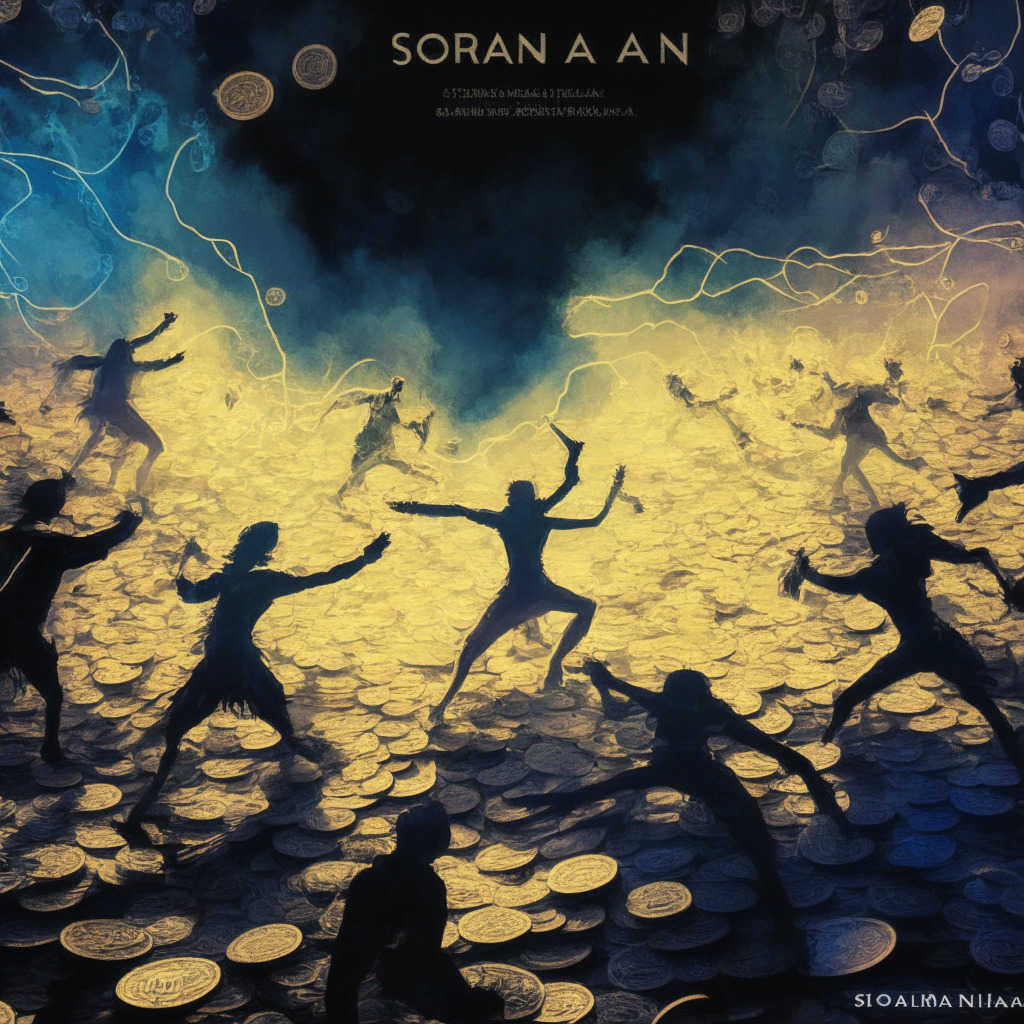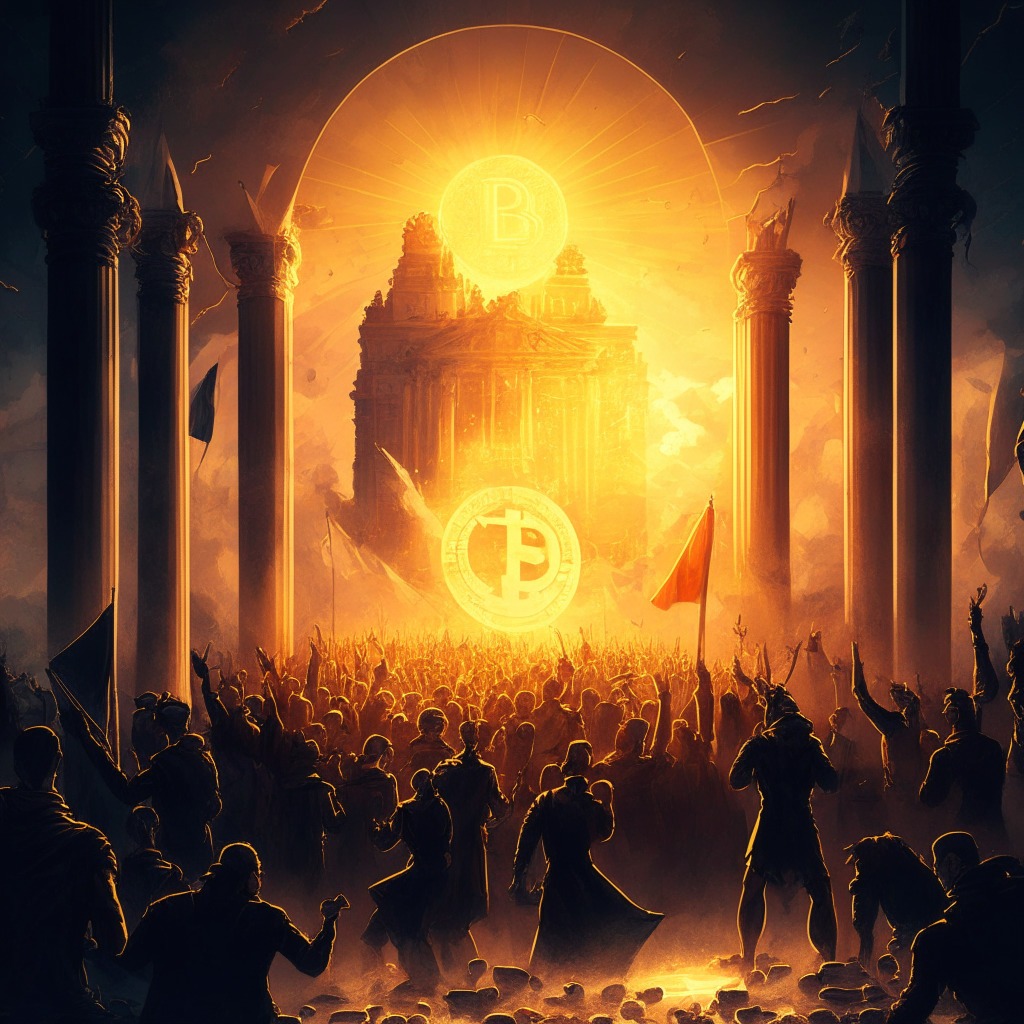The Metaverse project called The Sandbox has recently unlocked around $133M worth of its native SAND tokens, approximately 16% of the digital asset’s circulating supply. Now, 332 million SAND tokens are now available for trading on the open market.
However, token unlocks often tend to be bearish for digital asset prices as it introduces increased liquidity into the market. Sand’s token price displayed this typical pattern, with prices spiralling downwards around 30 days prior to the unlock. The SAND token, which was previously trading at around $0.45, dropped to $0.39 at the time of writing. A further unlock is expected on Feb. 14, 2024, when around a staggering 205 million tokens will become available.
Meanwhile, The Sandbox is tenaciously engaging various players into their metaverse ecosystem, recently partnering with the British Museum to make their collection more accessible via The Sandbox. Such initiatives show that the company is not solely focused on their token performance, but on strengthening their metaverse and expanding their user base as well.
On a different note, The United States Federal Reserve’s instant payment system, FedNow, has included Dropp – a micropayments platform built on Hedera, on their Service Provider Showcase section. Even though this appears to indicate Federal Reserve’s slow but steady acceptance of DLTs, FedNow disclaimed any endorsements, explaining that the materials are only available as a convenience for potential FedNow service participants.
Some crypto enthusiasts have challenged this development, expressing despair that the spirit of decentralization might be lost as it seems the crypto community is warming to partnerships with traditional financial systems. While the move could facilitate the mainstream adoption of digital assets, some in the crypto community believe it could also compromise the foundational values of blockchain’s decentralized and open nature.
Notably, this addition to FedNow’s list is not an isolated event. Earlier this year, FedNow added Metal Blockchain to their list, only to remove it a few days later.
In conclusion, the inherent tension surfaces again between the cryptocurrency ethos of decentralization and the potential rewards that partnerships with traditional financial bodies might bring. As blockchain-based projects like The Sandbox forge ahead with their strategies, it remains to be seen how this tension will be reconciled in the long term.
Source: Cointelegraph




